A Lifeline at a Time of Food Insecurity
When it comes to gauging the area’s food insecurity crisis, it took less than a year for the COVID-19 period to lose its standing as a benchmark. Just ask Food Lifeline, the Seattle-based organization that gathers food from local sources and then serves millions via a distribution network of 350 food banks, shelters, and meal programs.
Food Lifeline Chief Development Officer Ryan Scott said that, currently, the organization is seeing higher food insecurity levels in the county than they were during the peak of the pandemic.
“For example, during the peak of the pandemic, Food Lifeline served about 1.2 million clients. This past year, it was 1.6 million,” said Scott. “All the formalized responses to the pandemic have retired. And every time one of those has retired, we have seen a spike in food insecurity rates.”
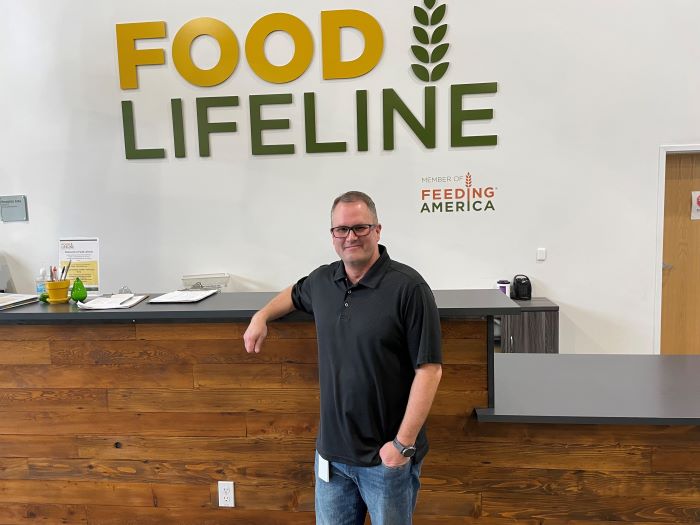
Scott said those interventions included universal school lunches, expanded Supplemental Nutrition Assistance Program and Electronic Benefit Transfer support, child tax credits, and child care subsidies.
At United Way of King County, we echo Food Lifeline’s assessment of the food insecurity crisis. We invite everyone to join us for “Support Hunger Relief Efforts With Food Lifeline” at the organization’s headquarters on April 25 at 6 p.m. United Way’s Emerging Leaders will help lead the volunteer efforts by assisting with inspecting, sorting, and repacking donations for hunger relief partners across Western Washington. For more information, click here.
Sarah Dean, Food Lifeline marketing and communications coordinator, said that volunteerism is key to Food Lifeline’s efforts, adding, “Last year, volunteers provided the equivalent of 22 full-time positions.”
Those efforts help Food Lifeline continue to address a food insecurity crisis that shows no sign of letting up since the pandemic ended.
According to Census data collected by HelpAdvisor, Washington state has the fourth-highest average grocery bill among the contiguous 48 U.S. states. Seattle has the sixth-highest weekly grocery bill among metro areas, HelpAdvisor said. Amid rising costs for eggs, bread, milk, and fruits and vegetables, the emergency food system is doing its best to meet the sharp increase in demand. However, organizations are often overburdened in their ability to serve everyone, particularly those that have been historically underserved, such as communities of color.
“With the huge cost of living, basically with rent, child care, and food. Everything has gone up astronomically. That’s especially true in King County,” said Scott, who added that last year, the organization distributed nearly 73 million pounds of food, a 9.5% increase from 2022. “[Food Lifeline data] also tells us that one-third of people who don’t qualify for any kind of food support like SNAP are food insecure. So, there are many more food insecure people than people realize, especially when you have a high cost of living area like this.”
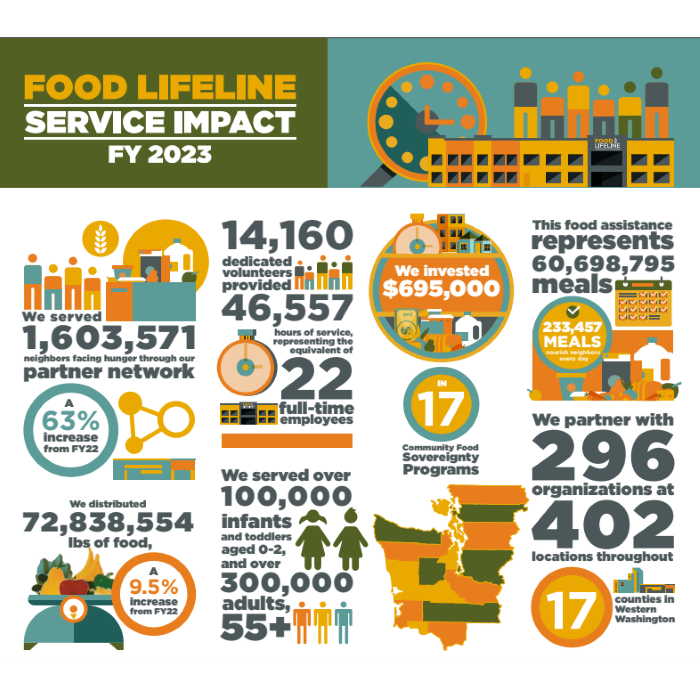
The Centers for Disease Control and Prevention officially marked the end of the COVID pandemic on May 11 of last year. But this year, Food Lifeline expects to not only distribute as many pounds of food as last year but also likely exceed that mark. It’s already forecasted to distribute as much as 80 million pounds of food this year.
“We’re trying to feed people today because we see this huge surge of hungry people now,” added Dean. “We recognize we need to work on the root causes of hunger so we don’t keep seeing the rates of food insecurity go up. That’s where our advocacy work, our partnerships, and our community work come in. We are working toward anti-poverty measures and anti-hunger measures.”
To help address the problem, Food Lifeline operates an expansive, bustling facility filled with beeping vehicles driven along long rows of five-foot sacks filled with produce. The produce is sorted, packaged, and packed into smaller boxes and then shipped to hundreds of food access locations.
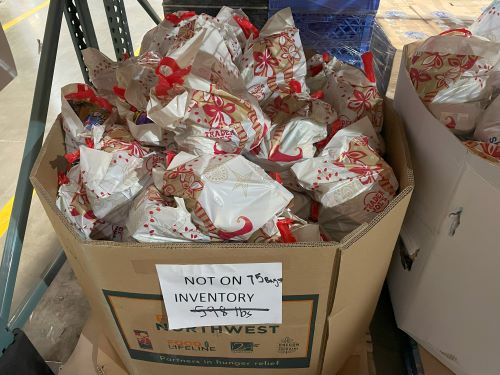
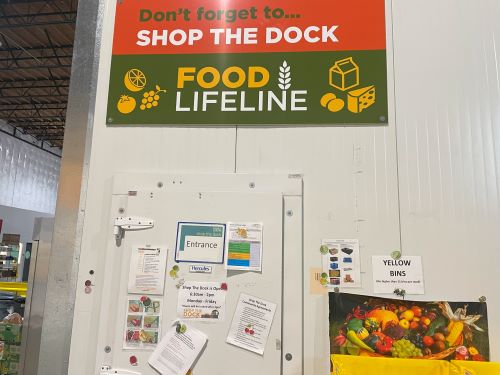
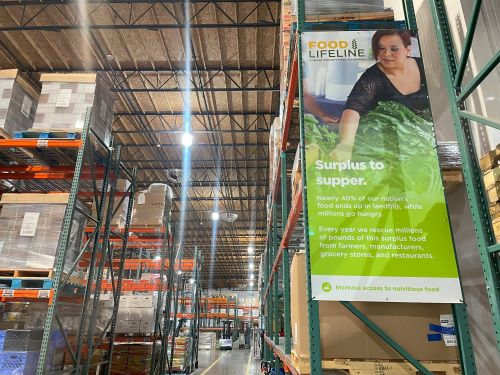
Food Lifeline also houses the Shop the Dock program at its warehouse. Shop the Dock helps Food Lifeline distribute food close to the end of its shelf life, but it can still be used at meal programs, shelters, or same-day distributions. Shop the Dock items are free and available at Food Lifeline on a first-come, first-served basis.
“We call it a little grocery store,” Kris Garratt of Seattle, a Food Lifeline volunteer who repackages food in the organization’s warehouse. “A lot of agencies order [a variety of products] online through Food Lifeline and can come to the dock to pick up orders, but they can come shopping here. They can take whatever they need. We ask them to weigh it and record it and load it and take it with them.”
On the advocacy front, Food Lifeline supported state lawmakers’ measures to address the food insecurity crisis, including legislation to encourage food donation as part of a package of provisions addressing wasted food reduction and composting. The bill pledges $1.6 million of Climate Commitment Act funding for a program to help offset harvesting and transportation costs when Washington growers donate unsold produce to hunger relief.
All these efforts are why, amid the food insecurity crisis, folks at Food Lifeline remain hopeful.
“For me, it’s that true definition of philanthropy, the responsibility we have to take care of each other,” said Scott. “Our community has stepped up in a really big way during the pandemic. Our hope, our desire, and our wish are that they will stay with us as we now move into the next level of trying to affect these food insecurity numbers for real.”
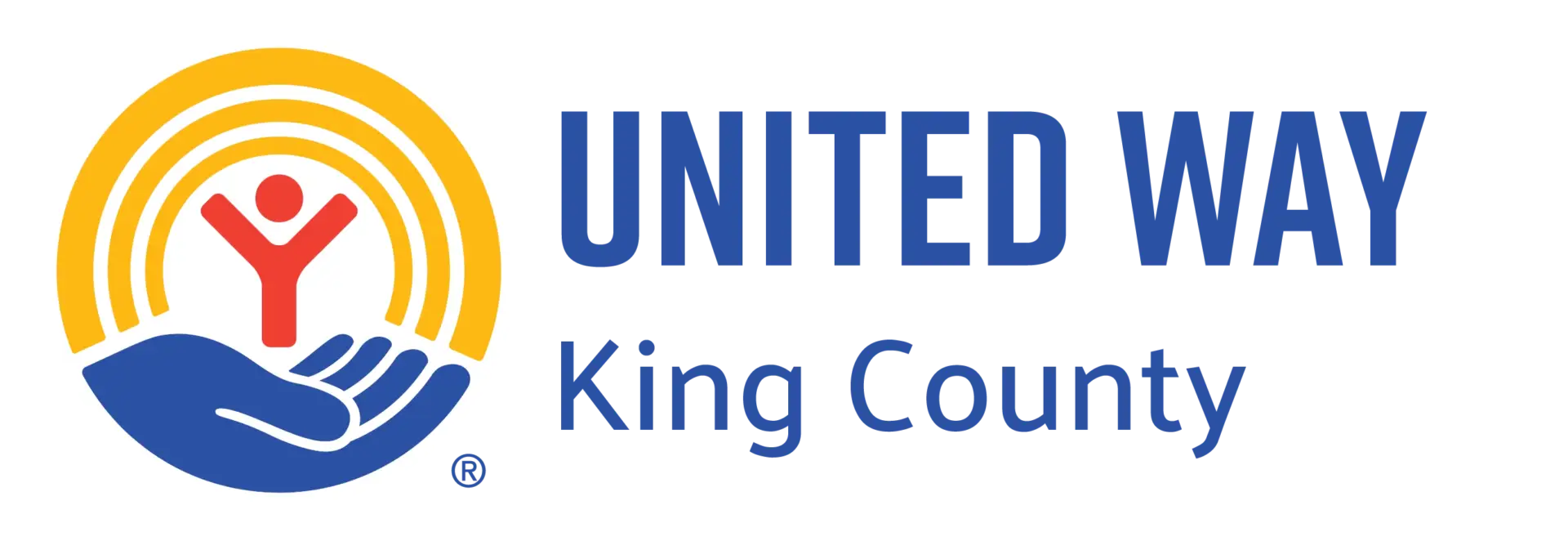
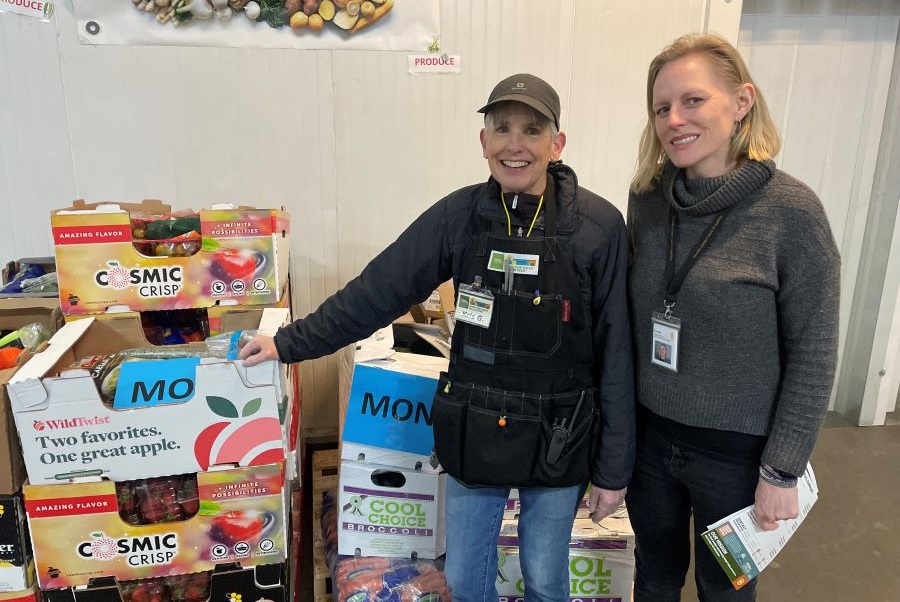



Comments